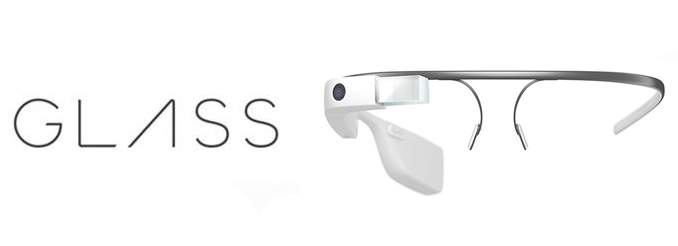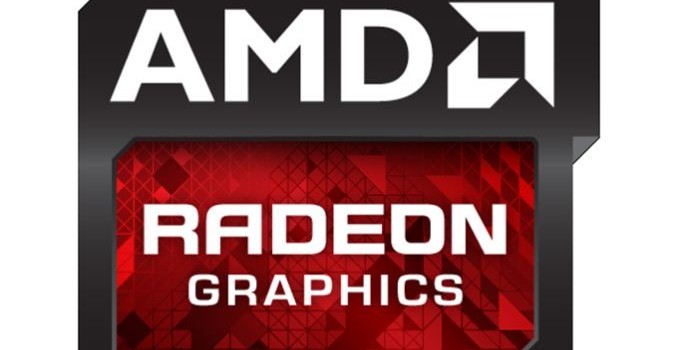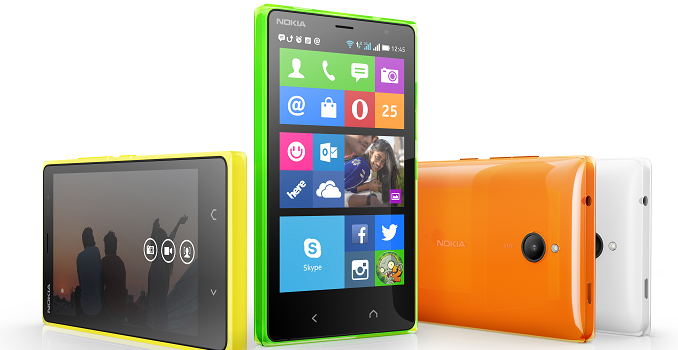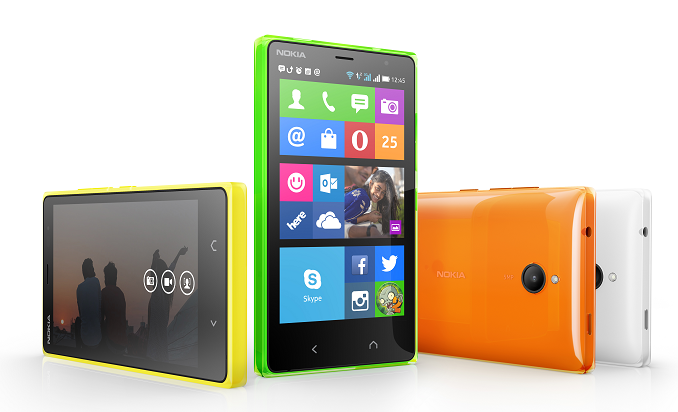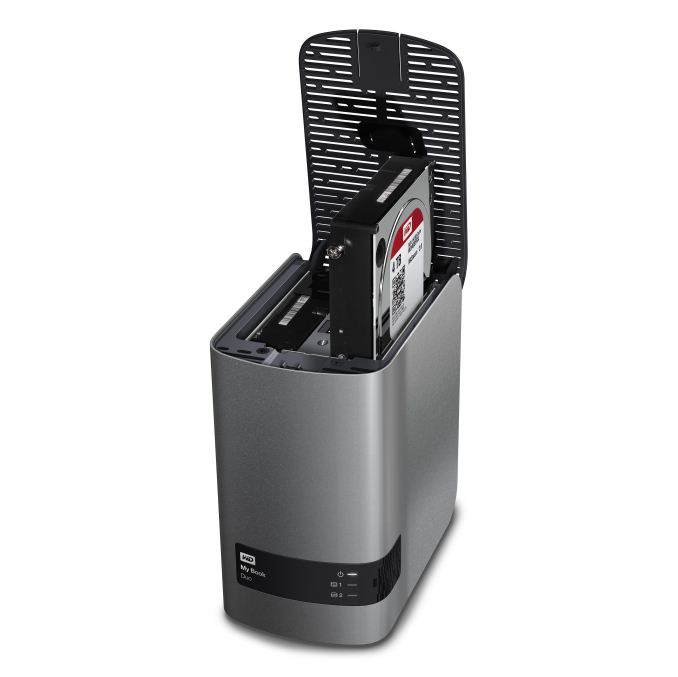Google Reveals New Glassware and an Updated Google Glass Model
Although Google I/O is less than 24 hours away, Google has decided to make some announcements regarding Google Glass which should be beneficial for all current and future users in the Glass Explorer program. The first is regarding software, or “Glassware” as it is called in the Google Glass world. Google has rolled out twelve new applications for Google Glass. The apps range from fitness training apps like Runtastic which can manage a collection of workouts to help you keep in shape, to music services like Shazam for using Google Glass to identify an unknown song that is playing. The full list of apps from Google’s Google+ posting is below.
- Runtastic is your personal trainer. You’ll have a collection of workouts to help whip you into shape or push you to reach your fitness goals.
- 94Fifty Basketball works with the 94Fifty Smart Sensor Basketball to help you with your game. It measures muscle memory that the human eye can’t see. You’ll get feedback after each shot to help you shoot like Ray Allen. (ok, maybe not Ray Allen but maybe it’ll help you make varsity.)
- The Guardian keeps you up to date on breaking news alerts and lets you save the articles you want to read later.
- Duolingo makes learning a new language feel more like a game and less like high school Spanish class.
- GuidiGO is your personal tour guide. Choose from 27 destinations and over 250 guided tours. Relive the Impressionist history of Montmartre, the magic of the Hagia Sofia in Istanbul, or the hidden secrets of San Francisco!
-
Allthecooks is no stranger to Glass, but they’ve added some new features to keep your hands free while cooking. You can now use voice commands to switch between recipes and directions.
Zombies, Run! Because let’s face it, running is more fun when you’re being chased by zombies. -
Star Chart lets you look up at the sky and explore the stars, planets and constellations above.
Shazam on Glass can tell you the name of the track and artist of a song that’s playing around you. Just say “OK Glass, Recognize this song.” - Goal.com lets you keep up with everything happening in the world of football. (World Cup fans, we’re looking at you.)
- Livestream let’s you broadcast live video, read chat messages from your audience and share your point of view via social networks.
- musiXmatch picks up on the music playing around you and shows you the song lyrics for songs in any language.
The new Star Chart application for Google Glass
One of the most interesting applications from the list above is the Star Chart application because it effectively utilizes the capabilities available with Google Glass. While similar applications exist for smartphones and tablets, they can’t provide the same feeling of immersion that a user gets from viewing information about constellations in the sky on a head mounted display.
In addition to the new applications, Google plans to roll out a new viewfinder feature to help users frame photographs better. Simply saying “ok glass, show the viewfinder” will bring up four markers in the corners of the display. The user can then state “ok glass, take a picture,” wink, or press the camera button to take the photograph. Google is also creating new Google Now cards to remind the user of where they have parked their car and to let them know when trackable packages are en route to their home to be delivered.
On the hardware side, Google is announcing that Google Glass units will now ship with 2GB of RAM, double the amount of the previous 1GB. With the Google Glass app catalogue expanding and Google adding new features to Google Glass with software updates the additional RAM will undoubtedly be appreciated by users. However, unlike Google’s previous hardware update to Glass, it appears that current Glass Explorers will not have the opportunity to swap out their units for the updated version free of charge.
Google I/O is right around the corner and hopefully Google has more announcements in store for current and future Glass Explorers.
Source: Google Glass Google+, Google Glass Google+

